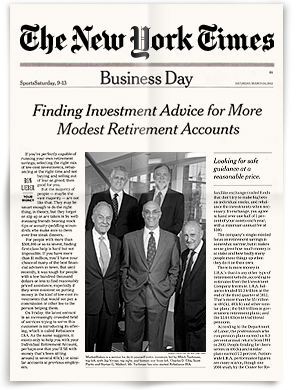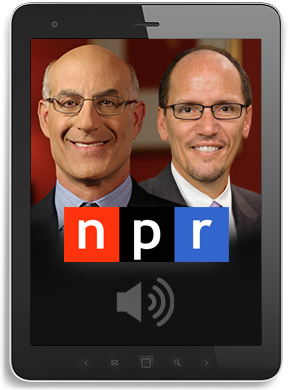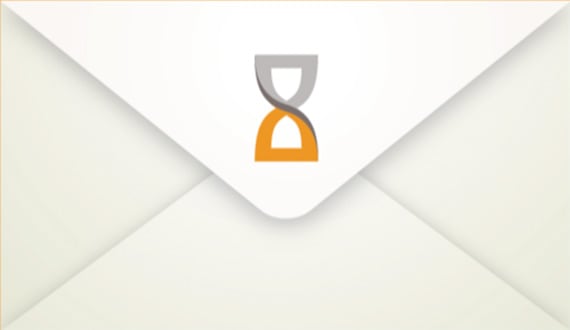How To Find Out What You’re Paying For Your Retirement Account

Q: How can I find out how much I am paying in fees in my 401(k) retirement plan?
A: It’s an important question to ask, and finding an answer should be a lot easier than it is right now. Studies show that high costs lead to worse performance for investors. So minimizing your expenses is one of the best ways to improve returns and reach your retirement goals.
Yet most people don’t pay attention to fees in their retirement plans—in fact, many don’t even realize they’re paying them. Nearly half of full-time employed Baby Boomers believe they pay zero investment costs in their retirement accounts, while 19% think their fees are less than 0.5%, according to a new survey by investment firm Rebalance.
Truth is, everyone who has a 401(k), or an IRA, pays fees. The average 401(k) investor has 1.5% each year deducted from his or her account for various fees. But those expenses vary widely. If you work for a large company, which can spread costs over thousands of employees, you’ll likely pay just 1% or less. Smaller 401(k) plans, those with only a few hundred employees, tend to cost more—2.5% on average and as much as 3.86%.
A percentage point or two in fees may appear trivial, but the impact is huge. “Over time, these seemingly small fees will compound and can easily consume one-third of investment returns,” says Mitch Tuchman, managing director of Rebalance.
Translated into dollars, the numbers can be eye-opening. Consider this analysis by the Center for American Progress: a 401(k) investor earning a median $30,000 income, and who paid fund fees of just 0.25%, would accumulate $476,745 over a 40-year career. (That’s assuming a 10% savings rate and 6.8% average annual return.) But if that worker who paid 1.3% in fees, the nest egg would grow to only $380,649. To reach the same $476,745 nest egg, that worker would have to stay on the job four more years.
To help investors understand 401(k) costs, a U.S. Labor Department ruling in 2012 required 401(k) plan providers to disclose fees annually to participants—you should see that information in your statements. Still, even with these new rules, understanding the different categories of expenses can be difficult. You will typically be charged for fund management, record-keeping, as well as administrative and brokerage services. You can find more information on 401(k) fees here and here.
By contrast, if you’ve got an IRA invested directly with a no-load fund company, deciphering fees is fairly straightforward—you will pay a management expense and possibly an administrative charge. But if your IRA is invested with a broker or financial planner, you may be paying additional layers of costs for their services. “The disclosures can be made in fine print,” says Tuchman. “It’s not like you get an email clearly spelling it all out.”
To find out exactly what you’re paying, your first step is to check your fund or 401(k) plan’s website—the best-run companies will post clear fee information. But if you can’t find those disclosures, or if they don’t tell you what you want to know, you’ll have to ask. Those investing in a 401(k) can check with the human resources department. If you have an IRA, call the fund company or talk to your advisor. At Rebalance, you can download templates that cover the specific questions to ask about your retirement account costs.
If your 401(k) charges more than you would like, you can minimize fees by opting for the lowest-cost funds available—typically index funds, which tend to be less expensive than actively managed funds. And if your IRA is too pricey, move it elsewhere. “You may not be able to control the markets but you do have some control over what you pay to invest,” says Tuchman. “That can make a big difference over time.”






